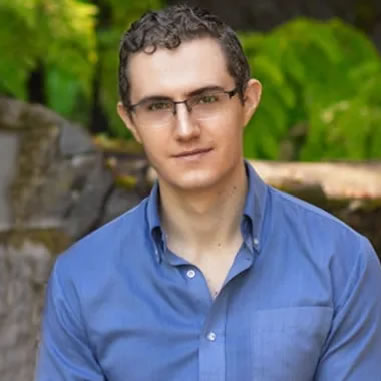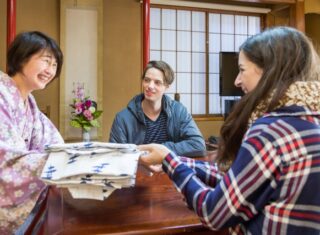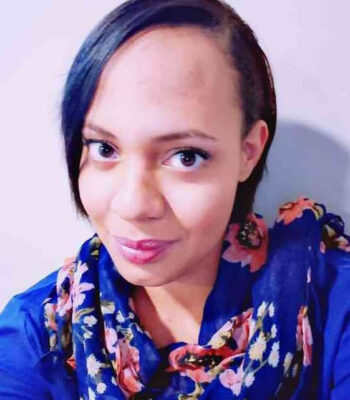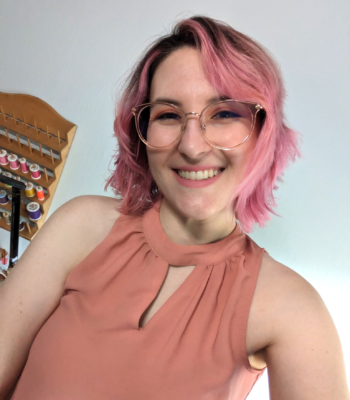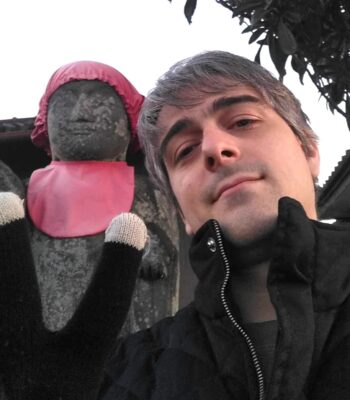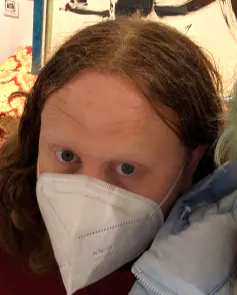- Learning Japanese
- Japanese Culture
From Zero to Fluent in Japanese: The True Story of How I Mastered Japanese and Changed My Life - Part 5: Walking the Fire – Where Words Fail – and Growth Begins
2025.10.12
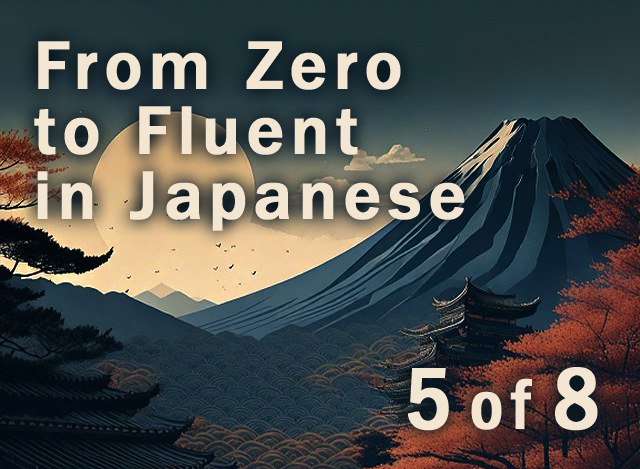
Chapter 18: Lessons in Humility – A Hard Listening
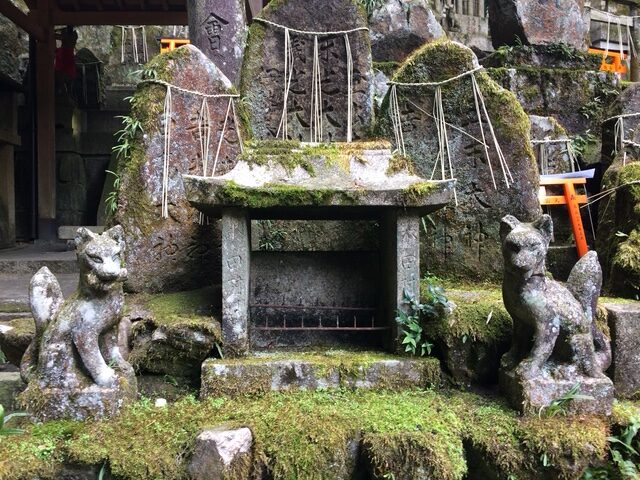
When fall semester began and the university courses at Okayama finally started, I was excited.
Finally—I could put everything I had studied to the test.
And at first, it felt incredible.
Reading? Solid.
Writing? No problem.
Speaking? A little clunky, but definitely passable.
Class discussions, essays, grammar, reading assignments—I could hold my own.
But then came… the listening.
And it wrecked me.
I couldn’t keep up with the pace of real academic Japanese.
The professors spoke fast, fluid, and with nuance—no pauses, no repetition, no simplifications.
They’d use technical terms, complex expressions, or polite phrases that made it difficult to understand the real meaning.
I couldn’t follow the lectures.
I couldn’t catch all the key points in class conversations with only native speakers.
When I watched the news, I could hardly understand what they were saying. When I did upper level listening comprehension practice, I struggled through every example.
Even in casual chats with Japanese classmates, I’d nod along… but secretly miss huge chunks of what was being said.
And I felt humiliated.
How could this still be so hard?
How could listening, of all things, still feel like such a black box?
That’s when I remembered something Oku Sensei had told me years earlier:
“Listening is the hardest part of learning Japanese.
You can’t avoid it.
You have to train for it.
Or it will come back to haunt you.”
At the time, I nodded like I understood.
But I didn’t listen—not really.
I thought, “I’ll get there eventually. I’m making progress, right?”
And I focused on what felt more measurable: grammar, reading, vocab, speaking.
Stuff I could see progress in. Stuff that felt concrete.
But listening?
It’s invisible. Slippery.
You don’t know what you’re missing until it’s too late.
And it’s very hard to track your progress or understand your current listening comprehension level.
And honestly, I underestimated it. I didn’t realize how massive the hurdle was to understand normal, fluent Japanese.
Now I was paying the price.
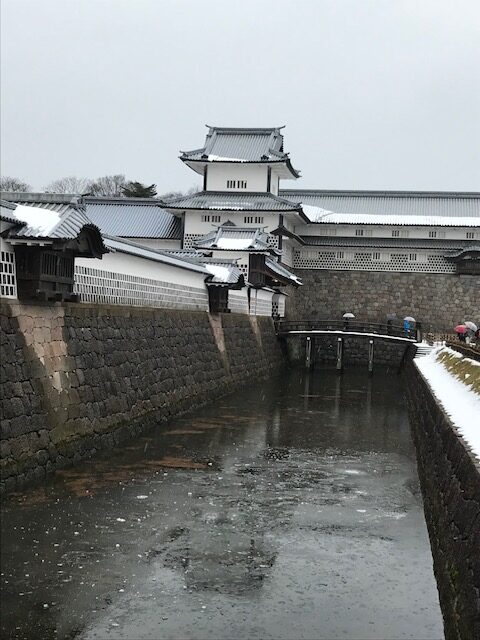
Even though I was living in Japan, immersed in Japanese, I was still struggling to actually hear it.
It’s a weird kind of pain, when you should understand but don’t.
When the language is all around you—but just out of reach.
Not heeding Oku Sensei’s advice had finally caught up with me.
Systematic, strategic listening practice.
The kind that requires you to fail, again and again, and build your ears like you’d build a muscle.
The kind that’s frustrating and slow… but essential. And you need to start doing it as soon as you start studying Japanese.
And I hadn’t done that.
That realization crushed me—but it also woke me up.
From that point forward, I started listening like my life depended on it.
Japanese news, JLPT listening comprehension drills, listening to my Japanese friends and peers speak, university lectures—I’d replay clips dozens of times, look up transcripts, match sounds to words, shadow the phrasing, and test myself again and again.
I started to pay more attention to the sound of the language.
How do they actually talk? What kind of colloquialisms do they use?
What tone, what rhythm, what phrasing?
I started keeping a notebook of expressions I heard and didn’t understand.
Then asked Japanese friends, teachers—anyone—to help me break them down.
And slowly—painfully slowly—I started improving.
I still couldn’t catch everything by any means… but I could catch more.
After an entire year of this, I could finally walk into a lecture and understand the gist of it—but even then, I was still not able to pick up a lot of the details.
It was one of the hardest lessons I ever learned in language:
The skills we avoid early on are often the ones we most need to master.
And the advice we ignore?
It doesn’t disappear.
It waits.
Until the moment it becomes the wall we slam into.
And when that happens, you don’t get to skip the work.
You have to go back, rebuild, and face the thing you ran from.
However, even if you face what you ran from, you can never make up for lost time. Everyone wants to be told; “It’s ok, you can make up for all that time you wasted if you start now!” Sugar coated lies and nonsense. Think about it. There are only so many hours in a day, so many years in your life. If you take two people that have been studying Japanese for 8 years, one that has been doing listening practice from day one for 40 minutes a day, and the other who only just started 4 years into it, the person who started 4 years later would need to study 1 hour and 20 minutes EVERY DAY to theoretically catch up to them. Can you do only listening practice for almost an hour and a half every day? Do you have that amount of time to spend for 4 years straight? Not to mention reading, writing, grammar, speaking, vocab, and culture studies? This isn’t even taking into account the fact that studying all facets of language in tandem increases your understanding and retention, as well as your efficiency and learning speed.
No one wants to be told “You can never make up for the time you wasted.” No one. But it’s true. Yes you can soften the blow by starting now. It is absolutely better to start now than never. But will you be able to beat the other person who has been working hard every day on Japanese for 20 years since they were in high school and continues to study even now? Not going to happen. Progress compounds over time, and you can’t cram true progress.
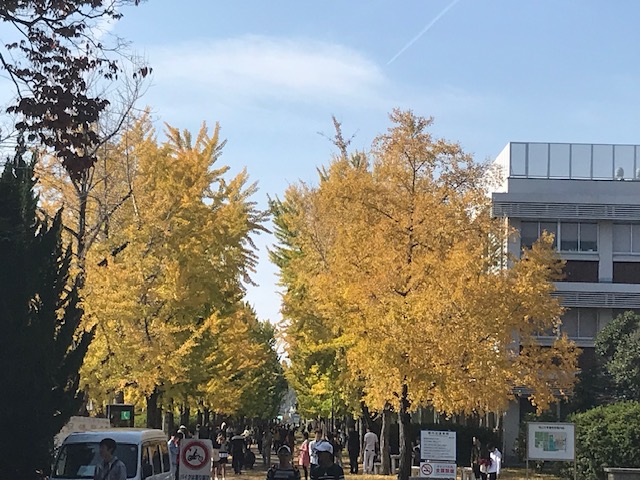
I learned this lesson the hard way. I realized my listening was my weak point, and that my lack of listening practice was dragging me down. I was able to pass the JLPT N2 halfway into the year, but the listening portion was only barely passing. Determined to pass JLPT N1 by the end of the year, I studied like crazy. My friend and I crammed ourselves in study rooms and did JLPT N1 drills all day and into the night. I did so many listening comprehension practice problems that I memorized the scripts.
But when it came to the actual exam?
I failed.
I had studied for months on end. Crammed like hell.
I even had a panic attack a few days before the exam.
But it just wasn’t enough.
My friend, who had been studying Japanese and practicing listening for several years more than me, passed the exam with flying colors.
Me? I passed well on all sections of the exam, except for listening. I bombed the listening portion of the JLPT N1, causing me to fail the entire exam despite good grades in all other categories.
Fluency doesn’t just mean “being able to speak.”
It means being able to hear.
To understand.
To receive the heart of what someone’s saying—and respond with clarity and care. In fact, I would say that understanding is far more important than speaking. It takes true skill and a good moral compass to understand what the other person is truly saying and deeply internalize it. Many people can blabber on and on about themselves, but few are truly good listeners.
And that’s not magic.
That’s practice. That’s effort.
Strategic, painful, boring, powerful practice.
And it all starts with the choice to stop avoiding the final boss—
And start training to defeat it.
★Also try reading:
Best Way to Learn Japanese in 2025
Chapter 19: A Taste of the Technical – Lost in Translation
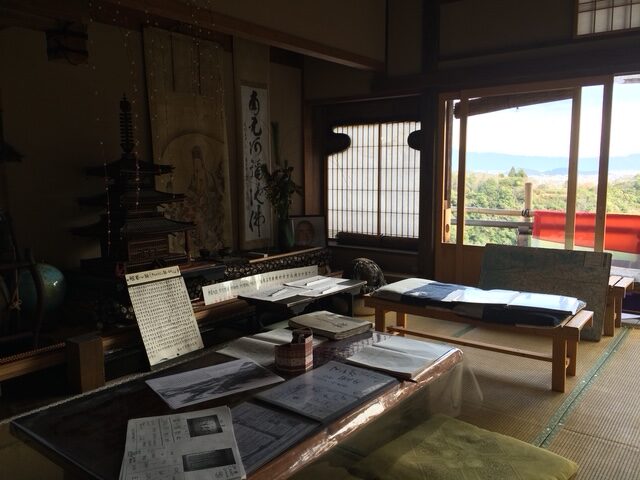
I still remember the first day I walked into the research lab at Okayama University.
A quiet hum of computers. The faint sound of mechanical pencils scratching paper. Rows of desks filled with Japanese and Chinese graduate students poring over technical documents, data charts, and simulation software. Everyone focused. Everyone in sync. Everyone speaking a language I supposedly knew—but in that moment, it felt like I had never heard Japanese before in my life.
Fall semester had just begun. I had just been granted permission to join the lab as a visiting research student. The professor was kind, welcoming, and incredibly thoughtful. He took me under his wing, and did everything possible to make sure I was comfortable there. The students bowed politely. A desk was prepared for me in the corner of the lab—a spot I would come to know well over the months ahead.
The goal was simple: observe, listen, absorb. Sit in on lab presentations, join the discussions, slowly integrate into the flow. It sounded doable.
But on the first day I joined their weekly meeting, I was hit with the full force of technical Japanese.
No subtitles. No slowing down. No accommodation.
And during that first group presentation, a student was explaining a new concept related to spatial modeling. A slide popped up with a kanji I didn't recognize: 圏.
I stared at it.
I had no idea what it meant. It looked vaguely familiar, maybe I'd seen it before in a textbook, but here it was next to other unfamiliar characters, making its meaning even more opaque. Hoping for a quick clarification, I raised my hand.
"すみません、この漢字の意味、教えていただけますか?"
The presenter nodded and started explaining. I listened carefully.
...Still didn’t get it.
Another student jumped in, trying to rephrase.
Still didn’t get it.
Now I was sweating.
Two more students chimed in. They were trying their best, bless them, but I just couldn’t piece together what they were saying. My brain was spiraling.
After 15 awkward minutes, Abe-sensei—who thankfully had experience speaking English—stepped in. He looked at the slide, then looked at me with a slight smile.
"This character means 'zone' or 'area'," he said. "It refers to the region described by the word before it."
Everything clicked.
I nodded, bowing repeatedly. "ありがとうございます、本当にすみませんでした。"
The meeting continued, but I could feel the sting of embarrassment lingering. Fifteen minutes. One kanji.
And that was just the beginning.
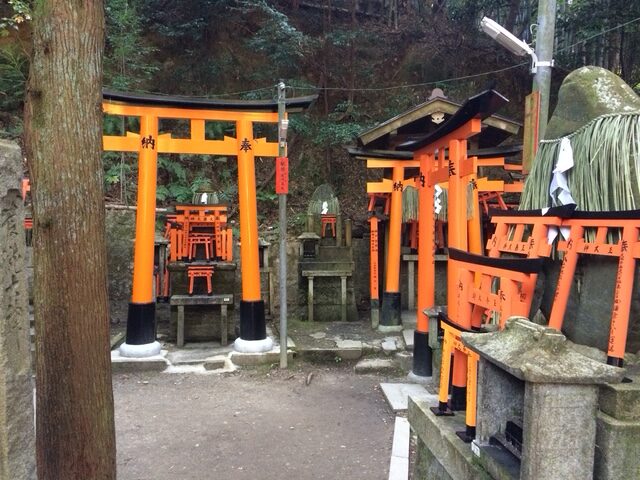
Those early weeks in the lab were some of the most humbling of my life.
People would try to talk to me, and it would take me several minutes just to understand what they were asking. I was constantly behind the conversation. Constantly trying to look up words without making it obvious. Constantly trying not to look like an idiot.
Spoiler: I looked like an idiot.
But I kept coming. I kept listening. I started showing up even on days without meetings, just to sit at my desk, study technical Japanese, and absorb the atmosphere.
And that’s when I started noticing the unspoken rules.
No one kicked out the slower students.
No one rolled their eyes at someone who didn’t understand.
In fact, they went out of their way to support the people who were struggling the most. During presentations, when one of the less confident students was speaking, everyone listened patiently. They encouraged them, offered questions that helped clarify their points, and never made them feel less.
It was my first exposure to Japanese group loyalty. The idea that once you’re part of the pack, you’re cared for.
Of course, at first, I wasn’t.
They didn’t invite me to lunch. They didn’t go out of their way to include me. I was the outsider—the tall, awkward foreigner who didn’t get the kanji.
But I kept coming. I kept showing up. And little by little, they started warming up to me. A few students began asking if I wanted to join them for lunch. I got invited to group dinners. We shared instant ramen from the lab stash. We stayed late into the night working side by side. We weren’t best friends, but we were comrades.
And that made all the difference.
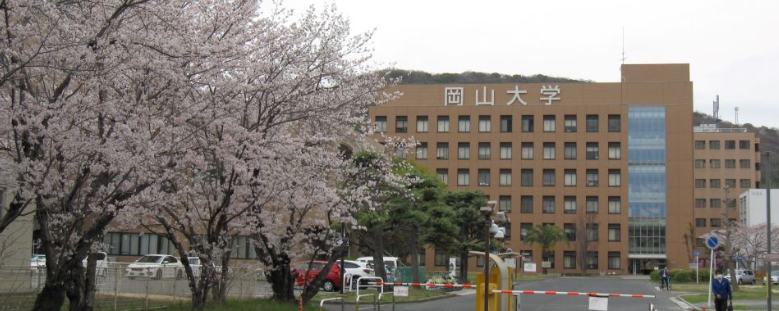
I had never experienced anything like it in the U.S.
The Japanese research environment wasn’t just about results.
It was about perseverance. It was about loyalty. It was about patience. It was about community. It was about doing it together, instead of trying to prove yourself alone.
The lab became more than just a place to study. It became a place to belong.
That fall semester, I didn’t do any research. I wrote no programs, created no results. But I built something far more important:
A foundation.
A foundation in technical Japanese. A foundation in humility. A foundation in Japanese group culture.
And that foundation would shape everything that came next.
Because if you want to go deep in another language—truly deep—you have to be willing to look stupid first.
You have to get lost. You have to feel confused. You have to ask the embarrassing questions.
Only then can you start to find your way.
And eventually, become a member of the pack.
★Also try reading:
How Long Does It Take to Learn Japanese? Tips for Faster Mastery

